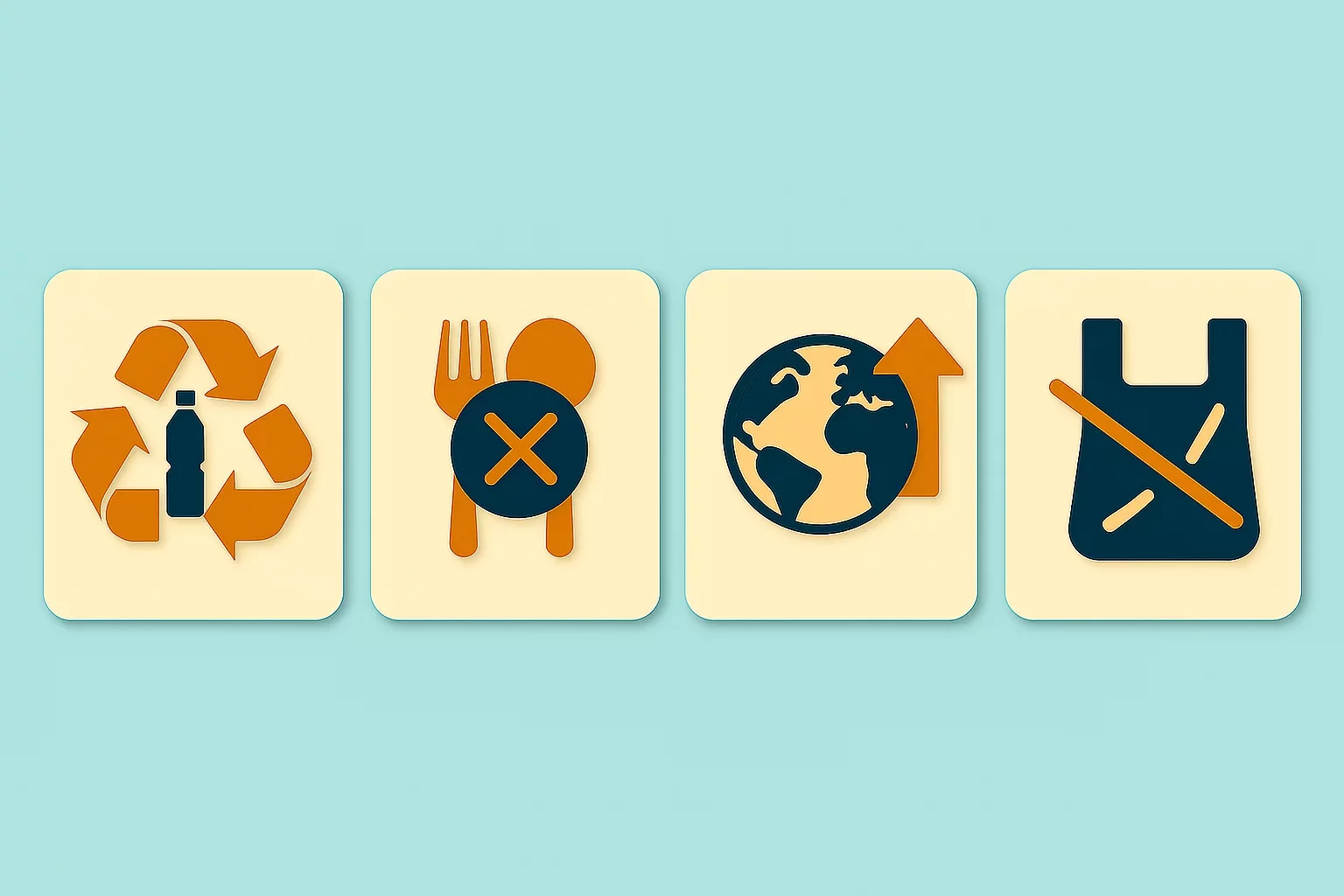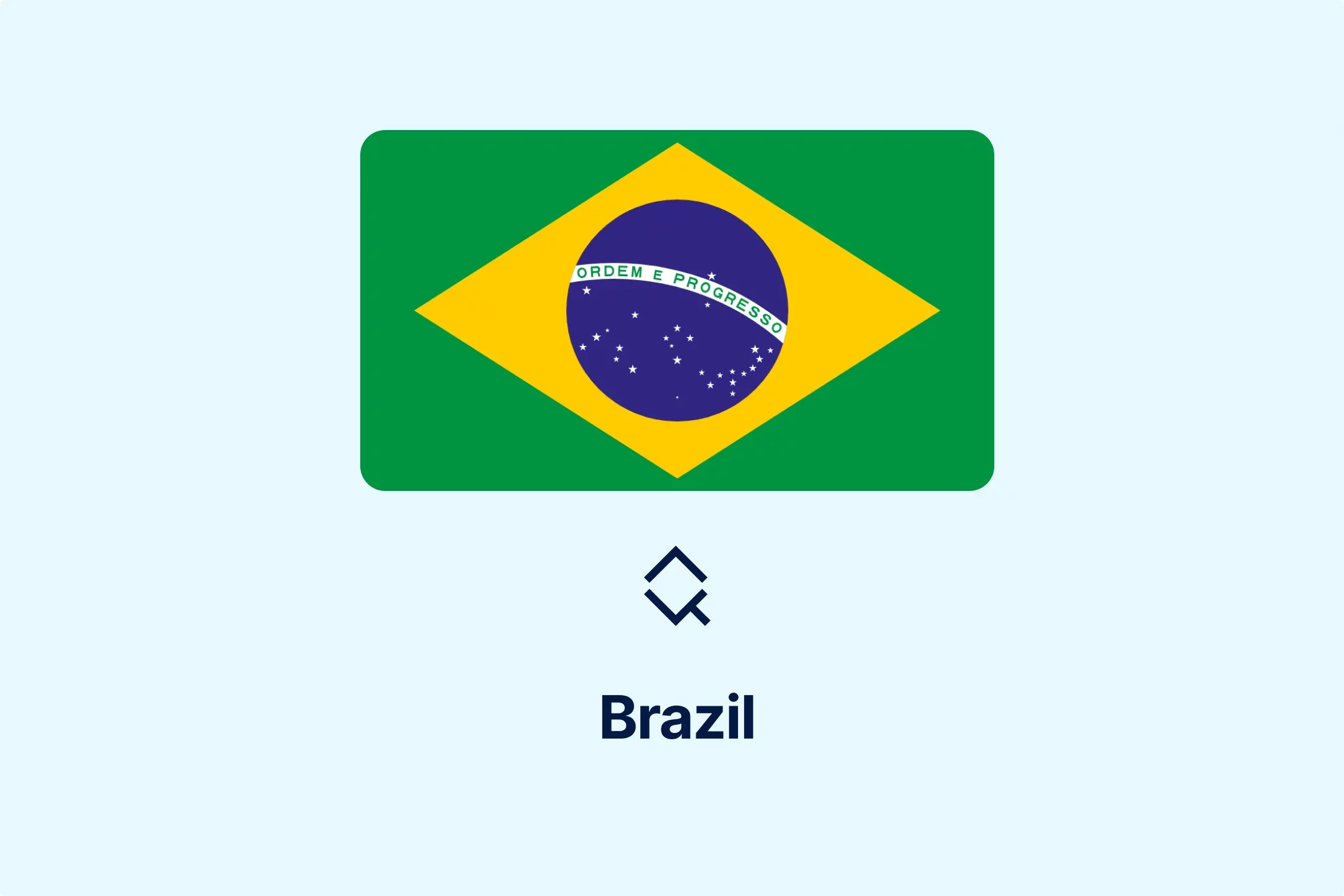Brazil’s Dual VAT Reform Explained: Key OECD Insights

On November 10, 2025, the OECD published the White Paper “The reform of Brazil's consumption tax system”, which reflects on Brazil's long-standing structural problems in its consumption tax system, analyzes challenges, and outlines viable policy solutions. Furthermore, the White Paper explains the key features of the new dual VAT, including how it will be administered and how the country will transition from the old system to the new one.
Main Points from White Paper
In its White Paper, the OECD noted that the current consumption tax system in Brazil is fragmented across multiple federal and state-level rules, which increase business costs, disrupt supply chains, and create barriers to trade between states. The OECD further reminds that Brazil addressed these issues by passing the major tax reform in late 2023 and has since been working on its implementation.
The central point of the tax reform is the introduction of a modern VAT model that will function within Brazil’s federal structure, where both federal and subnational governments have taxing powers. Some of the key issues outlined in the White Paper include reaching political consensus, shifting from an origin-based to a destination-based VAT, balancing the autonomy of sub-federal entities, and establishing a revenue-sharing mechanism. Additionally, constitutional and legal considerations further complicate implementation.
Furthemore, the OECD compared Brazil's future dual VAT model with GST/HST rules and requirements in Canada, and GST legislation in India. The main reason for comparing these three models is OECD's conclusion that Brazil’s dual VAT system draws clear inspiration from the models used in Canada and India, both federal countries with shared consumption-tax authority. However, the White Paper shows that Brazil's model incorporates features tailored to its unique context.
One of the main differences between Brazil's model and the other two models is the application of uniform rules across three layers of government and the establishment of a central IBS Steering Committee to manage and administer the sub-federal VAT.
Therefore, the IBS Steering Committee will play a crucial role in coordinating the collection and distribution of revenue among Federal, State, and Municipal governments, while balancing consistency, efficiency, transparency, and respect for the sub-national authority to collect and administer consumption taxes as essential revenue sources.
Conclusion
In addition to analyzing the current Brazilian consumption tax system and comparing the future dual VAT model with those established in Canada and India, the White Paper also provides a detailed overview of all implementation phases from 2026 to 2033, when the new system will be fully implemented. It should be noted that Brazil is currently undergoing one of the most significant tax reforms in national history and, overall, one of the most complex tax reforms a country can undergo.

More News from Brazil
Get real-time updates and developments from around the world, keeping you informed and prepared.
-e9lcpxl5nq.webp)






-fbovkq9h8b.webp)







